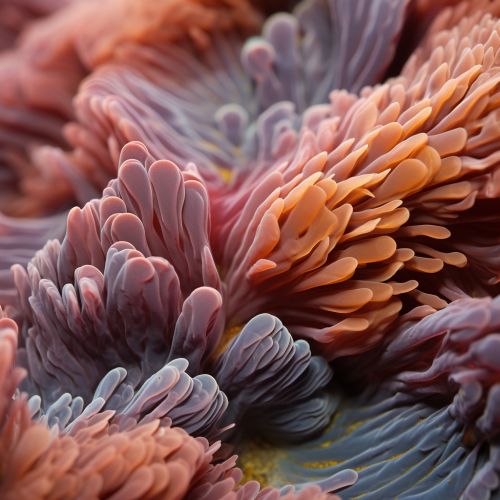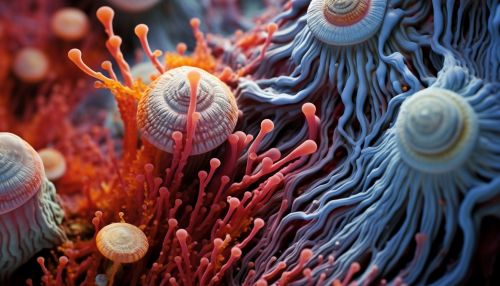Polyextremophile
Introduction
Polyextremophiles are organisms that can survive and thrive in multiple extreme environments. These environments can include high or low temperatures, high or low pH levels, high radiation levels, high pressure, and high salinity. Polyextremophiles are a subset of extremophiles, which are organisms that can live in a single extreme environment.
Classification
Polyextremophiles are classified based on the types of extreme environments they can tolerate. Some common types of polyextremophiles include:
- Thermophiles: These organisms can survive in extremely high temperatures, often above 45 degrees Celsius.
- Psychrophiles: These organisms can survive in extremely low temperatures, often below -20 degrees Celsius.
- Acidophiles: These organisms can survive in highly acidic environments, often with a pH of 3 or less.
- Alkaliphiles: These organisms can survive in highly alkaline environments, often with a pH of 9 or more.
- Radiation resistant organisms: These organisms can survive in environments with high levels of radiation.
- Piezophiles: These organisms can survive in environments with high pressure, often above 40 MPa.
- Halophiles: These organisms can survive in environments with high salinity, often above 3.5%.


Adaptation Mechanisms
Polyextremophiles have developed various mechanisms to adapt to their extreme environments. These mechanisms can include:
- Protein folding: Polyextremophiles have proteins that can maintain their structure and function in extreme conditions.
- DNA repair: Polyextremophiles have efficient DNA repair mechanisms to deal with the damage caused by extreme conditions.
- Osmotic regulation: Polyextremophiles can regulate their internal osmotic pressure to survive in high salinity environments.
- Antioxidant production: Polyextremophiles can produce antioxidants to protect against oxidative damage caused by high radiation levels.
Significance in Astrobiology
The study of polyextremophiles has significant implications in the field of astrobiology. Given their ability to survive in extreme conditions, polyextremophiles are often used as models for potential extraterrestrial life. The existence of polyextremophiles on Earth suggests that life could potentially exist in the extreme conditions found on other planets and moons in our solar system and beyond.
